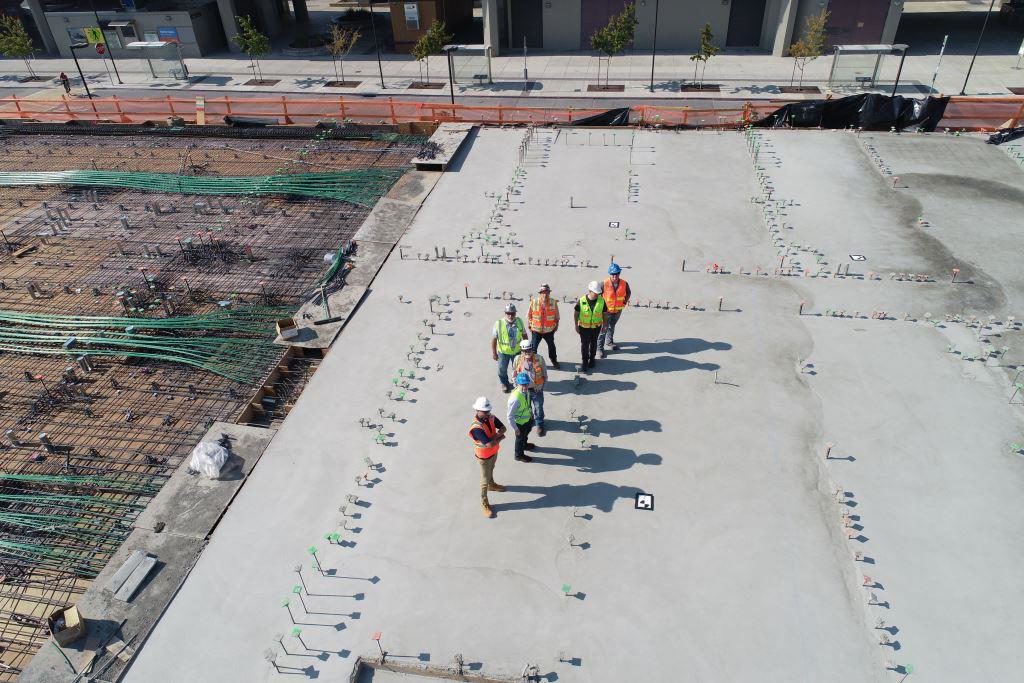During construction projects, a contractor’s scope of work may be influenced by a wide range of factors with an adverse effect on the contractor’s labor or equipment productivity. In these cases, it is said that the contractor is facing a loss of productivity in performing its scope of work. The loss of productivity is considered a type of disruption. According to the Society of Construction Law (2017), disruption is “a disturbance, hindrance or interruption to a Contractor’s normal working methods, resulting in lower efficiency. Disruption claims relate to a loss of productivity in the execution of particular activities. Because of the disruption, these work activities are not able to be carried out as efficiently as reasonably planned (or as possible).” (p.44)
Some Considerations
It is important to note that a loss in productivity may or may not result in project delays. For example, if a contractor has not been able to achieve its intended productivity rate due to productivity factors that are in a client’s control, the loss of productivity may result in delays if some activities end up taking more than expected due to decreased levels of labor productivity. However, delays may not be caused in some cases of disruption. An example is the case of acceleration, which has a possible disruptive effect on a contractor’s work. If instructed, a contractor may accelerate its work using a wide range of methods such as by increasing project resources (e.g., labor) that are allocated to activities or by elongating working hours. For instance, an owner-issued acceleration order does not cause delays but instead, the contractor incurs additional costs to accelerate the work. Therefore, an owner instruction for acceleration may give rise to a claim for requesting additional compensation and seeking productivity-related damages if the contractor believes it has not been fairly compensated for the damages incurred as a result of an acceleration.
Assessment Methods
To properly analyze cases of disruption from the contractors’ perspective, the main causes of disruption need to be closely analyzed. In addition, the time periods in which disruptions have occurred and the activities that are influenced should be identified. For this type of analysis, a cause-and-effect analysis will provide proper insight into the underlying causes of disruption. However, further investigation will be required to identify the extent productivity factors have impacted the work or resulted in additional costs. Some of the common methods of disruption analysis that may help in identifying the extent of impacts include the following (Society of Construction Law, 2017):
- Measured mile
- Earned Value
- Program analysis
- Work or trade sampling
- System dynamic modeling
- Estimated vs. incurred labor
- Estimated vs. used cost
Keeping detailed project records over the course of a project plays an important role in properly evaluating disruption claims. Some of the documents that need to be recorded include daily job-site reports, detailed performance reports, daily logs containing actual man-hours spent, details of change orders and the basis of calculating proposed time and cost proposals for executing change orders, and correspondences between the contracting parties.
Conclusion
In sum, the main causes of disruption need to closely be analyzed in disruption cases. For this type of analysis, cause-and-effect analyses provide proper insight into the underlying causes of disruptions. Further investigations that make use of loss of productivity assessment methods will identify the extent productivity factors have impacted the work or resulted in additional costs.
Reference:
Society of Construction Law. (2017). Delay and disruption protocol. Society of Construction Law.
Author: Dr. Maryam Mirhadi, PMP, PSP | CEO and Principal Consultant
If your project has been affected by disruptions and if changes have adversely affected labor or equipment productivity on-site, or if you are interested to find out more about productivity in construction projects, please contact us. Adroit’s consultants have demonstrated their expertise in the use of the loss of productivity assessment methods and will be able to assist. You may also be interested to read the following articles:
Cumulative Impact Claims
https://www.adroitprojectconsultants.com/2018/10/29/cumulative-impact-claims/
Adverse effects of shiftwork on labor productivity
https://www.adroitprojectconsultants.com/2018/03/24/adverse-effects-shiftwork-labor-productivity/
MCAA Labor Productivity Factors
https://www.adroitprojectconsultants.com/2018/11/24/mcaa-labor-productivity-factors/

